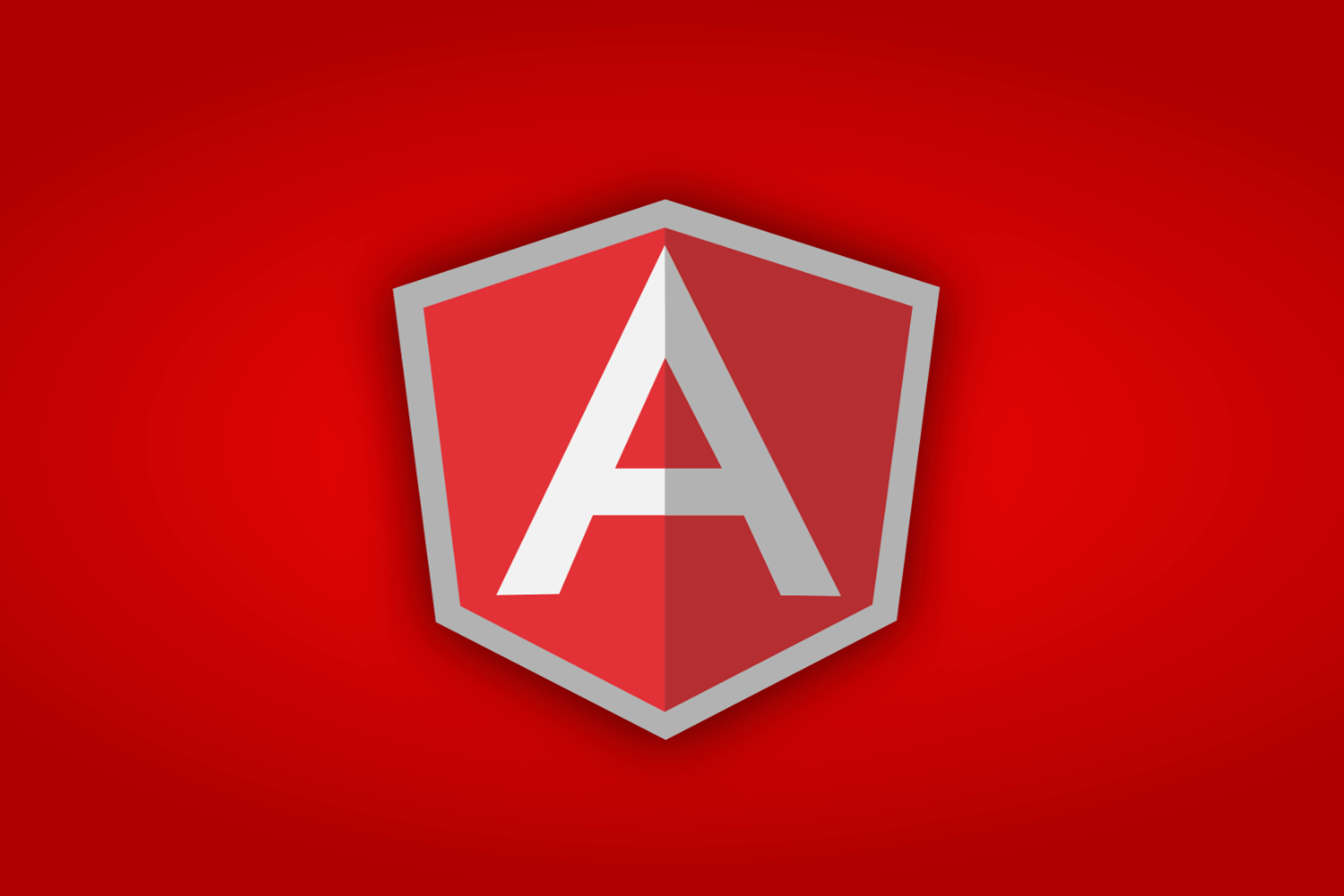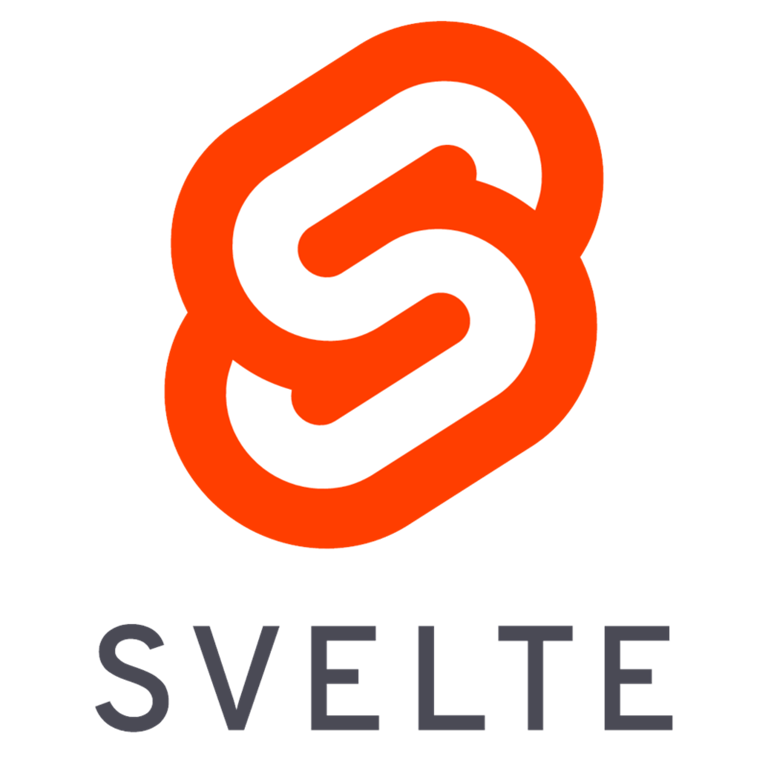
Subscribe to our Blog
We're committed to your privacy. SayOne uses the information you provide to us to contact you about our relevant content, products, and services. check out our privacy policy.

Jibu JamesApril 19, 202310 min read

Generating table of contents...
The world of web development is rapidly evolving, and JavaScript (JS) remains at the forefront of this technological revolution. With new frameworks appearing every year, it can be tricky to select the ideal one for your project. However, fear not, as we have done the legwork for you and compiled a list of the 9 best JavaScript frameworks.
These frameworks boast cutting-edge features, intuitive user interfaces, and robust community support, making them ideal for building modern, dynamic web applications. So, let's begin by looking at the top JS frameworks for web development.
JavaScript frameworks are libraries of pre-written code that can help speed up web development. They provide developers with pre-built components and tools that enable them to build web applications faster and with less effort.
Frameworks are designed to simplify the coding process by providing a standardized structure and set of rules that developers can follow. They also enable developers to customize and extend their capabilities. Frameworks work by providing a set of pre-built tools and components that developers can use to build their applications.
Read our blog: The Benefits of Using a Web Application Framework
These tools and components can include everything from user interface elements to data storage and retrieval functions. Overall, JavaScript frameworks are a powerful tool for developers looking to streamline the web development process and build robust web applications with ease.
A powerful JavaScript framework that has revolutionized web development. With its robust features and intuitive design, AngularJS enables developers to create dynamic, single-page applications with ease. Whether you're a seasoned developer or just getting started, AngularJS is the perfect tool to take your web development skills to the next level. So, why wait? Begin exploring the potential of AngularJS today and see what you can create!

React JS is a most sought-after JavaScript library for building user interfaces. Developed by Facebook, it allows for the creation of dynamic and interactive web applications. Its component-based architecture makes it easy to reuse code and maintain code quality. With a large community and strong ecosystem, React JS continues to be a top choice for front-end development.
![]()
Vue.js helps developers to create dynamic and reactive user interfaces with ease. Its intuitive syntax and flexible architecture make it an ideal choice for building modern web applications. With Vue.js, you can streamline your development process and deliver exceptional user experiences that will leave your audience impressed.

Meteor.js is a cutting-edge web framework that enables developers to create highly responsive and feature-rich applications with ease. With its real-time updates and seamless integration with popular front-end frameworks like React, Meteor.js is the ideal choice for modern web development. Its intuitive APIs and powerful tools make it a favorite among developers worldwide. So, if you're looking to create stunning web applications, give Meteor.js a try.

A powerful JavaScript library that enables developers to create dynamic and responsive user interfaces with ease. With its intuitive syntax and powerful features, Knockout.js is a favorite among web developers who demand high performance and maintainability in their code. It's no wonder why Knockout.js has gained such popularity in recent years!

Read our blog: Explore the Pros and Cons of Using Node.js for Web Development
Client-side JavaScript web application framework that enables developers to build scalable and dynamic web applications with ease. Its intuitive and declarative syntax, combined with its powerful set of tools, makes Ember.js an ideal choice for creating robust, maintainable, and performant applications. With its built-in routing and templating capabilities, Ember.js empowers developers to focus on building great user experiences without getting bogged down by the details of low-level coding.

Modern JavaScript library that simplifies web development by leveraging web components. With its focus on reusable components, it enables developers to build web applications that are more modular, scalable, and maintainable. By providing an intuitive and streamlined API, Polymer.js reduces the complexity of working with web components, making it an ideal choice for developers seeking to create custom elements for the web.

Read our blog : Which cross platform framework to choose React Native vs. Flutter
Preact, a fast and lightweight JavaScript library, has gained immense popularity among web developers due to its efficiency and compatibility. The library boasts an impressive set of features, including virtual DOM, components, and event handling, making it an ideal choice for building responsive and scalable applications. Its versatility and ease of use have made it a favorite among developers worldwide.

Svelte is a revolutionary front-end framework that enables developers to build high-performance web applications with ease. Developed by Rich Harris, Svelte unique approach to compiling applications at build time, instead of runtime, results in lightning-fast load times and a smaller overall footprint. With its simple syntax and powerful features, Svelte is quickly becoming the go-to choice for developers seeking to streamline their development process and create exceptional user experiences.

JavaScript frameworks continue to evolve and expand. With increasing options available, it can be daunting for developers to choose the right framework for their projects. However, by examining each framework's unique features and benefits, developers can make informed decisions that align with their specific needs. Whether it's the efficient updates of Mithril, the simplicity of Vue, or the power of React and Angular, there is a framework out there that will enable developers to create exceptional web applications.
If you are looking to hire the best javascript developer for your web or mobile app development services? Get in touch with us!

We're committed to your privacy. SayOne uses the information you provide to us to contact you about our relevant content, products, and services. check out our privacy policy.

About Author
Jibu James is the Team Lead at SayOne Technologies. He is passionate about all things related to reading and writing. Check out his website or say Hi on LinkedIn.

We collaborate with visionary leaders on projects that focus on quality